
Something is cooking in your cereal box—and it’s not the marshmallows. Behind the flashy packaging of some of America’s favorite foods is a full-on regulatory storm.
General Mills, the manufacturer of Cheerios, Lucky Charms, and other breakfast favorites, has been given a ticking time bomb by U.S. regulators. Time is running out.
If they don’t move quickly, it would cost them a staggering $90 million. What was the reason for this seismic shift in the food industry? And why are artificial dyes the enemy?
A Colorful Legacy Turns Sour

For generations, artificial color has colored children’s breakfast cereal, snacks, and sweets—making food more visually appealing, more delicious, and, some argue, more tasty.
But the rainbow habit has been called to account. Unrelenting pressure from parents, scientists, and consumer groups has finally coalesced into a showdown.
What previously differentiated products on grocery store shelves is now being regarded as a public health issue. And General Mills? They’re in the center of the fray.
The Quiet Ban With Loud Consequences

In 2024, the FDA cracked down on food dye, Red Dye No. 3—its archenemy. States soon rolled out their own legislation and heavy fines.
Despite the news being relatively low-key so far, regulatory terrain changed radically beneath General Mills’ feet. The clock is now ticking toward deadlines in 2026 and 2027. What happens if they fail to get their act together in time? The answer isn’t pretty—or affordable.
Insert the $90 Million Bombshell
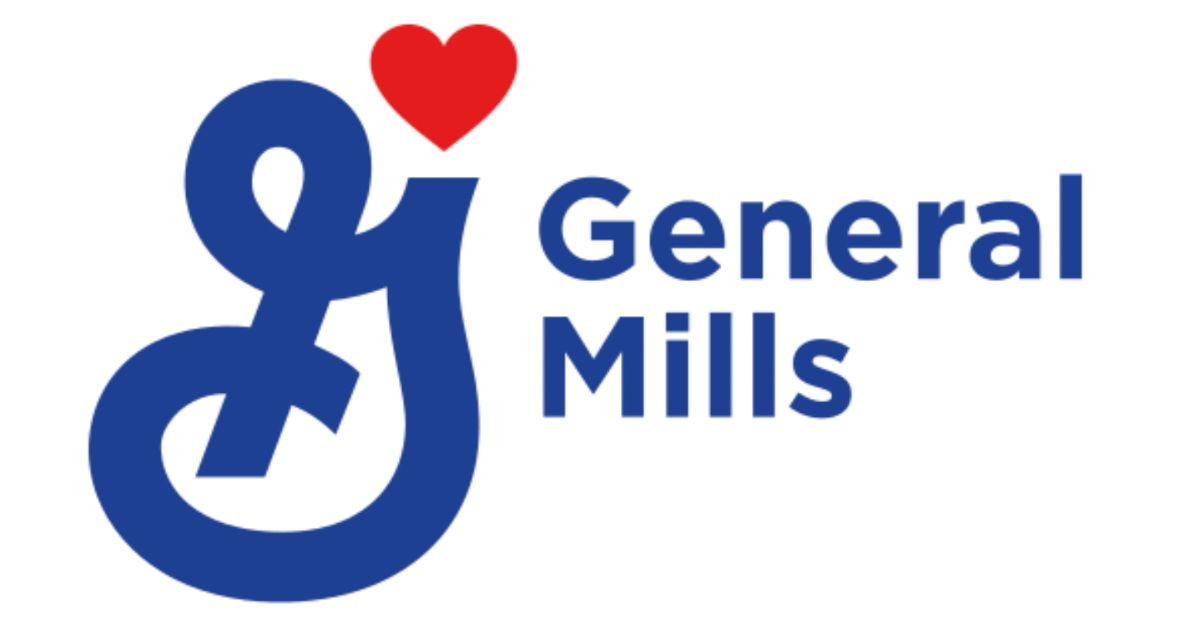
It will not be in good stead if General Mills does not get its products re-formulated by the deadline. Under new state and federal enforcement legislation, the company will be fined $10,000 per product, per day, in each of the states that enacted a ban.
With more than 150 products still carrying artificial dyes and several states in the mix, the math really adds up very quickly. A month of non-compliance? That’s $90 million down the drain.
A Federal Warning With Teeth
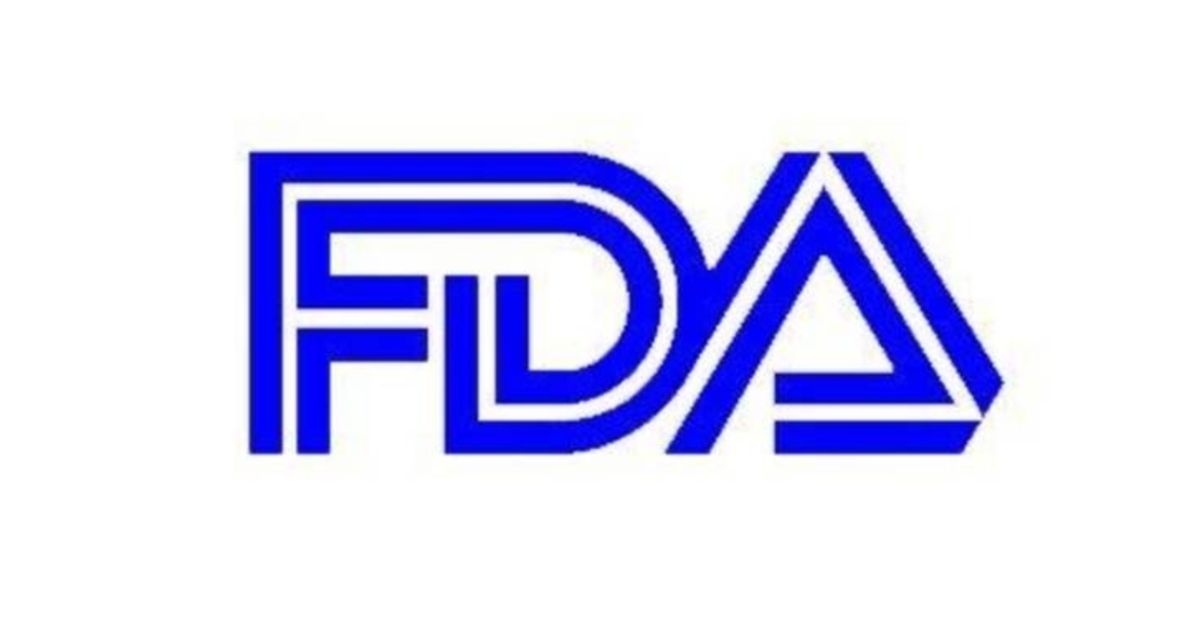
At the national level, the FDA’s message is as clear as day: conform or foot the bill. Under the Federal Food, Drug, and Cosmetic Act, the agency has not only the authority but the power to fine rulebreakers, seize their products, and call for nationwide recalls.
Criminal prosecution is not off the table for repeat offenders. And the agency is not alone—public health communities and lawmakers are calling for wider bans and quicker action. The heat is on.
The States Aren’t Holding Back Either

While the FDA is taking the lead at a national level, the states are piling on. California and Arkansas are particularly aggressive—imposing fines of $10,000 per single violation.
That would translate to every nonconforming cereal box on a store shelf carrying a huge cost to the company.
Florida and West Virginia have followed suit with their own fine schedules. One thing is clear: state regulators are tired of waiting for the industry to clean up its act.
A Ticking Clock and a Wide Net
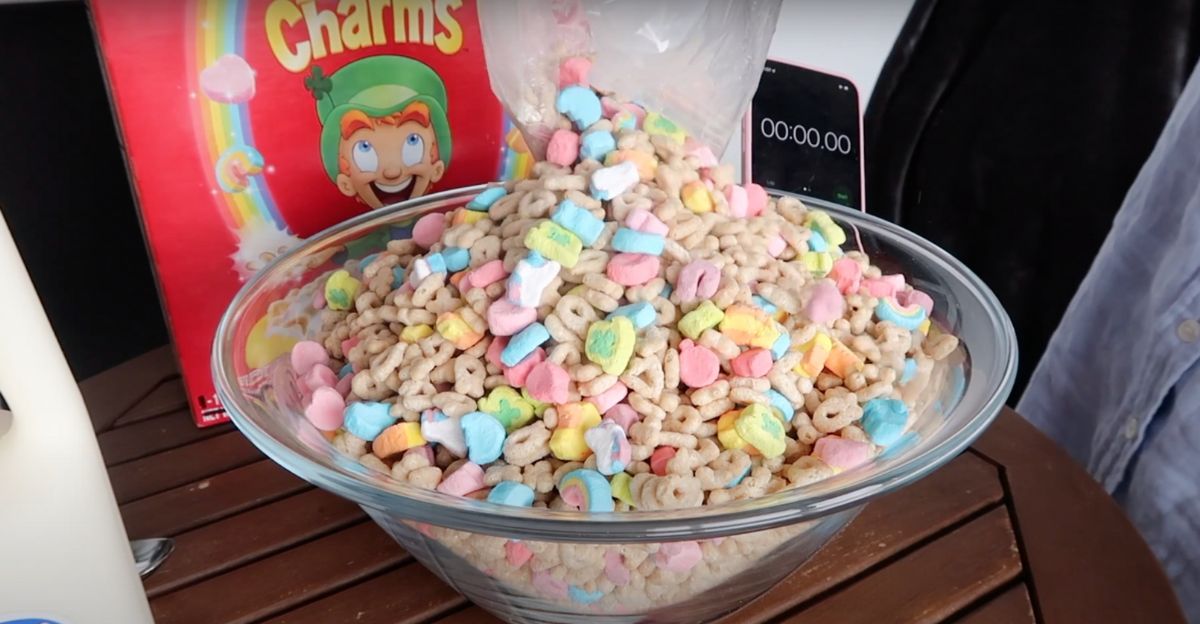
General Mills isn’t facing one or a pair of culprit products. Roughly 15% of its U.S. business—roughly 150 products—still has artificial dyes on board through mid-2025.
Each product sold in more than one state multiplies the risk. With each passing day, each state where the product is being sold adds another penalty. It’s not reformulation—it’s running against time on an entire supply chain.
Do The Math

This is where it gets scary. Two states at $10,000 per day a product. Times 150 products. That’s $3 million in fines per day. Split that up over a month? $90 million.
These are not projections. These are numbers based on actual bills and current enforcement timelines. If just some of these products end up on store shelves beyond the deadline, the bottom line is going to be enormous.
The Hidden Costs: More Than Just Fines

Besides the $90 million risk, General Mills risks reputation damage, looming on the horizon. Consumers are getting more label-literate by the day, and suggesting that they were selling “banned dyes” would ignite outrage—and boycotts.
Throw in the expense of product recalls, lawsuits, and repairing reputations, and the price tag could be higher than the fines alone. Compliance is not merely a matter of avoiding trouble—it’s staying alive in an economy of trust.
Reformulating Isn’t So Simple
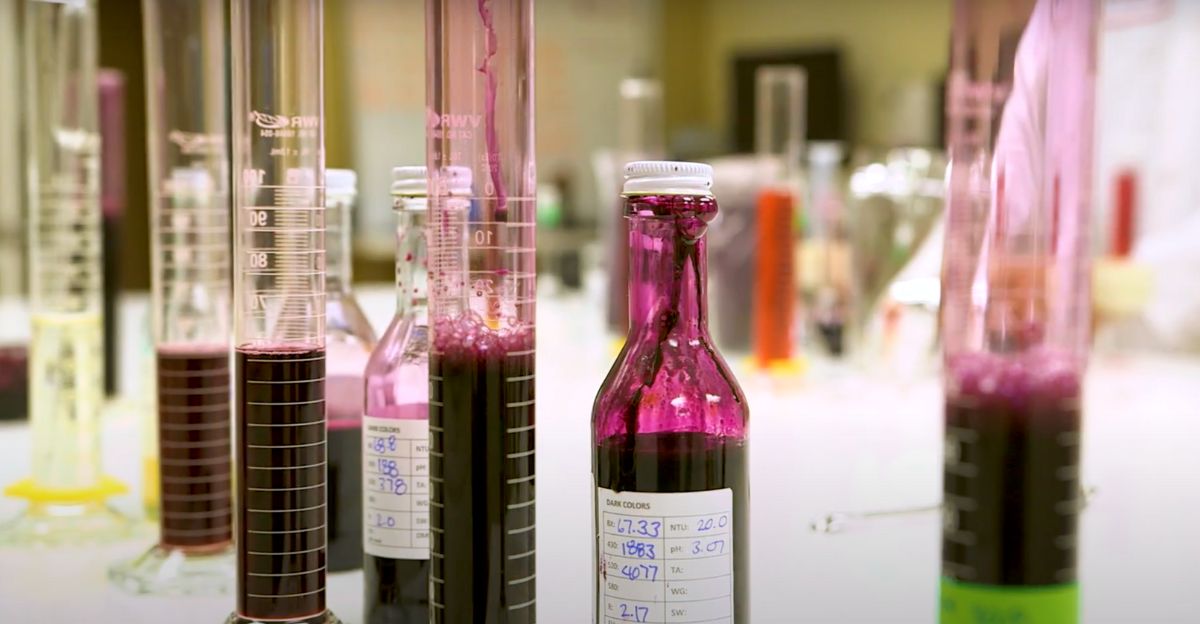
Redyeing is more than replacing red with raspberry. Recalibrating recipes without compromising shelf life, flavor, and texture is an art—and an expensive—one.
Natural food colorants do not act the same. They will degrade, and some will alter texture. The R&D expense alone will be in the millions. And here’s the marketing hurdle: how to get people to believe that “new” is the same.
Why Now? A Cultural Shift in Food

This enforcement is more than regulatory housecleaning. It’s a reflection of a larger cultural transition: increased anxiety about what’s in food.
Consumers demand transparency, clean labels, and less chemicals. From mothers rummaging through cereal boxes to health-oriented millennials and Gen Z shoppers, public opinion is changing quickly.
And regulators are keeping pace. General Mills is not the only manufacturer in their crosshairs—but it stands to lose the most.
The Precedent Is Powerful

What becomes of General Mills may be a precedent for the entire processed food industry. If it comes into compliance relatively quickly and efficiently, perhaps it can set the stage for easier transitions for other players.
If it delays or drags its feet, it will incentivize litigation and tighter enforcement. Either way, everyone is waiting with bated breath for this case—and the implications could run across every supermarket shelf.
The Actual Risk: Consumer Confidence

Greater than suits or government fines, the most significant risk is consumer trust. Consumers might ignore a price increase.
Consumers might tolerate a recipe reformulation. But to learn a brand had willingly sold a product with poisonous or banned additives? That’s harder to shake.
The company established a reputation for family products. Now, it needs to show it’s not afraid to put its money where its mouth is.
Last Judgment: Clean Up or Pay Up
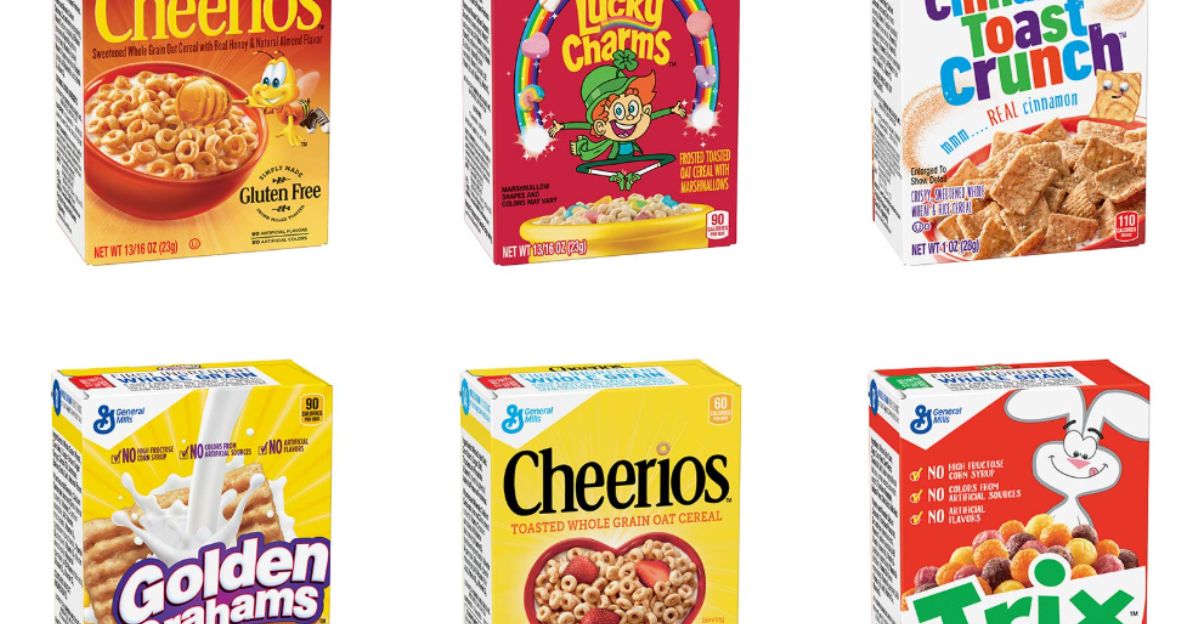
The notice is evident: adapt or down. With $90 million in penalties pending, the threat of lawsuits, and a tipping point change in public expectations, General Mills has to move quickly and forcefully.
The colorings that once made their goods unique may now possibly drag them down. The next several months will reveal whether the company can rapidly change over—or whether its rainbow line of offerings will bleed into red ink.
Discover more trending stories and Follow us to keep inspiration flowing to your feed!

Craving more home and lifestyle inspiration? Hit Follow to keep the creativity flowing, and let us know your thoughts in the comments below!
